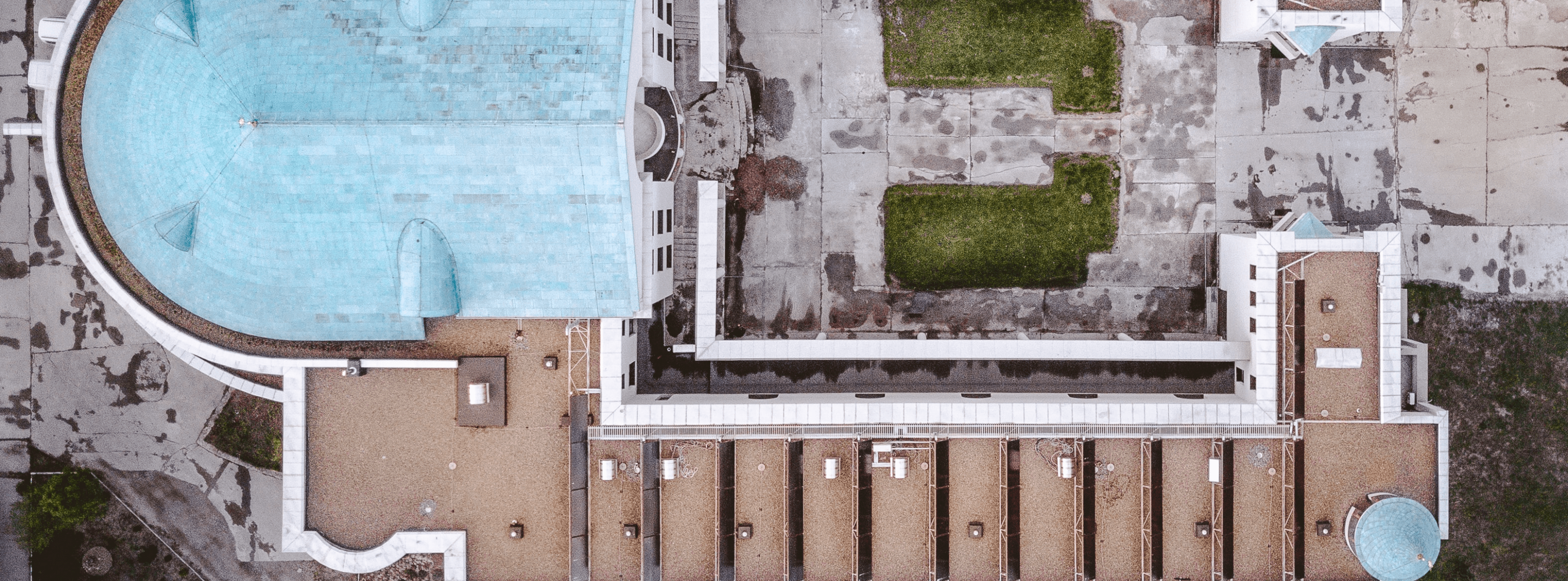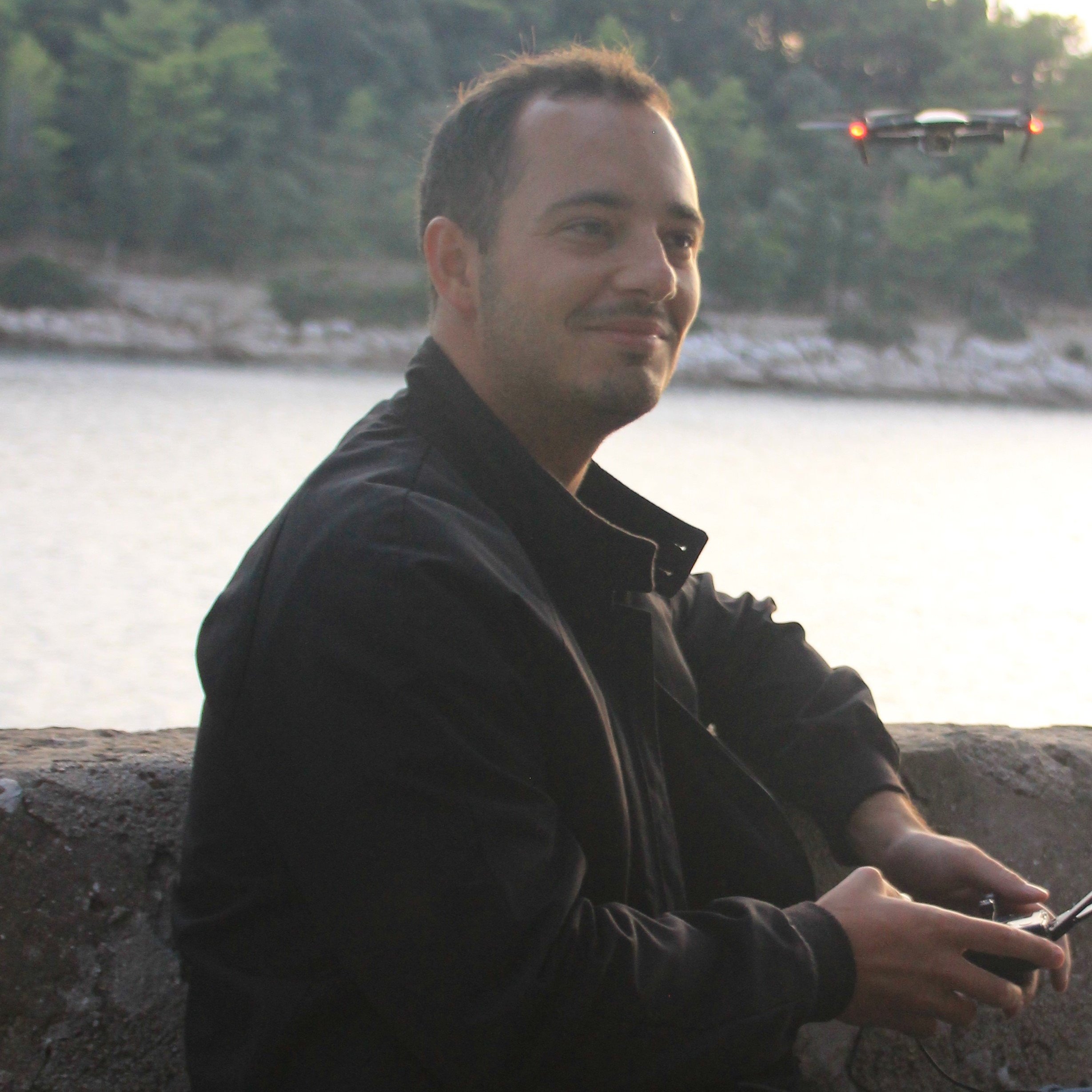One of the major developments in the property management field has been the integration of technology and its impact on traditional workflows. From smart energy systems and cloud admin solutions to drones and automated inspections, all of these are putting time back in the hands of property and asset managers.
All of which encourages proactivity rather than reactivity, cutting costs in the long term, freeing up time, and catching issues before they become too serious.
Drone technology exemplifies this trend for a number of reasons. For starters, aerial inspections and surveys tend to be cheaper and faster than manual methods. These efficiency gains then have a knock-on effect on all of your property management operations. In many cases, there’s a safety benefit, too. Falls from ladders remain one of the single biggest workplace risks in the United States. Drones help to keep time spent working at heights to a minimum.
Read on to find out more about how drones can help support your commercial building inspections.
How Drones Support Commercial Building Inspections
Roof Inspections
Because of the risk that comes with working at heights, one of the primary ways drones are being deployed in property management is for the purpose of roof inspections. Drones can gather high-quality, objective data in a fraction of the time and at a fraction of the cost when compared to manual methods.
All of that is done while keeping workers out of harm’s way and generating more useful insights than ever before. Our Insights Roof Reports are a perfect example of drone technology and advanced data processing in action. Use them to make smarter decisions on resource deployment, assess your property’s structural condition from above, and detect costly issues before they become critical.
That last point is key for property managers. Issues are bound to occur. All you can do is catch them in time to rectify the situation before costs spiral. That’s the fine line between success and failure.
Facades
Roofs should be regularly inspected and well maintained to ensure your building’s integrity but facades are just as important. As well as influencing a property's all too important visual appeal, structural issues affecting windows or front-facing brickwork can quickly deteriorate and require expensive repairs.
Using a drone, maintenance teams can scan a building’s facade and gather high-quality images and videos. The imagery and data can be reviewed as a preliminary check while still on-site and thoroughly reviewed afterward to ensure you have all the details you need to take the next steps.
HVAC Units
The integrity of HVAC units is critical to keeping a property warm, dry, and free from ventilation problems. Drones can be used to inspect HVAC infrastructure quickly and safely.
This type of inspection also comes in handy for property managers looking to acquire new assets. A comprehensive look at an HVAC system can provide detail’s of the true age and condition of a building’s vital systems, removing the risk of any surprises when taking on a new property.
Parking Lots
Good looking buildings and landscaping can add value and curb appeal to any type of property. But arguably just as important (and noticeable) is the state of the parking lot.
Drones can be used to simplify parking lot inspection workflows with a combination of high-resolution images and analysis software. This technology really comes into its own when you’re dealing with large-scale lots. With a quick flight and a short wait for post-processing, maintenance crews can be alerted to issues and act on them quickly - all in a fraction of the time compared with manual methods.
Integrating Thermal Data
As we’ve seen, commercial building inspections can be simplified, sped up, and enhanced with the addition of drones to your toolkit. You might also want to explore how advanced payloads can add more depth to the insights you gather.
One example is thermal imagery, which can help you tap into data that’s otherwise invisible to the naked eye. Roof membranes, water leaks, hard-to-spot cracks, and even damage to HVAC units can be spotted from above using drone technology equipped with a thermal sensor.
If you’re interested in finding out more about the use of drone technology for commercial building inspections, view samples of our Insights Roof Reports or visit our Property Management page.





.png?width=360&name=Banner%20Templates%20(4).png)